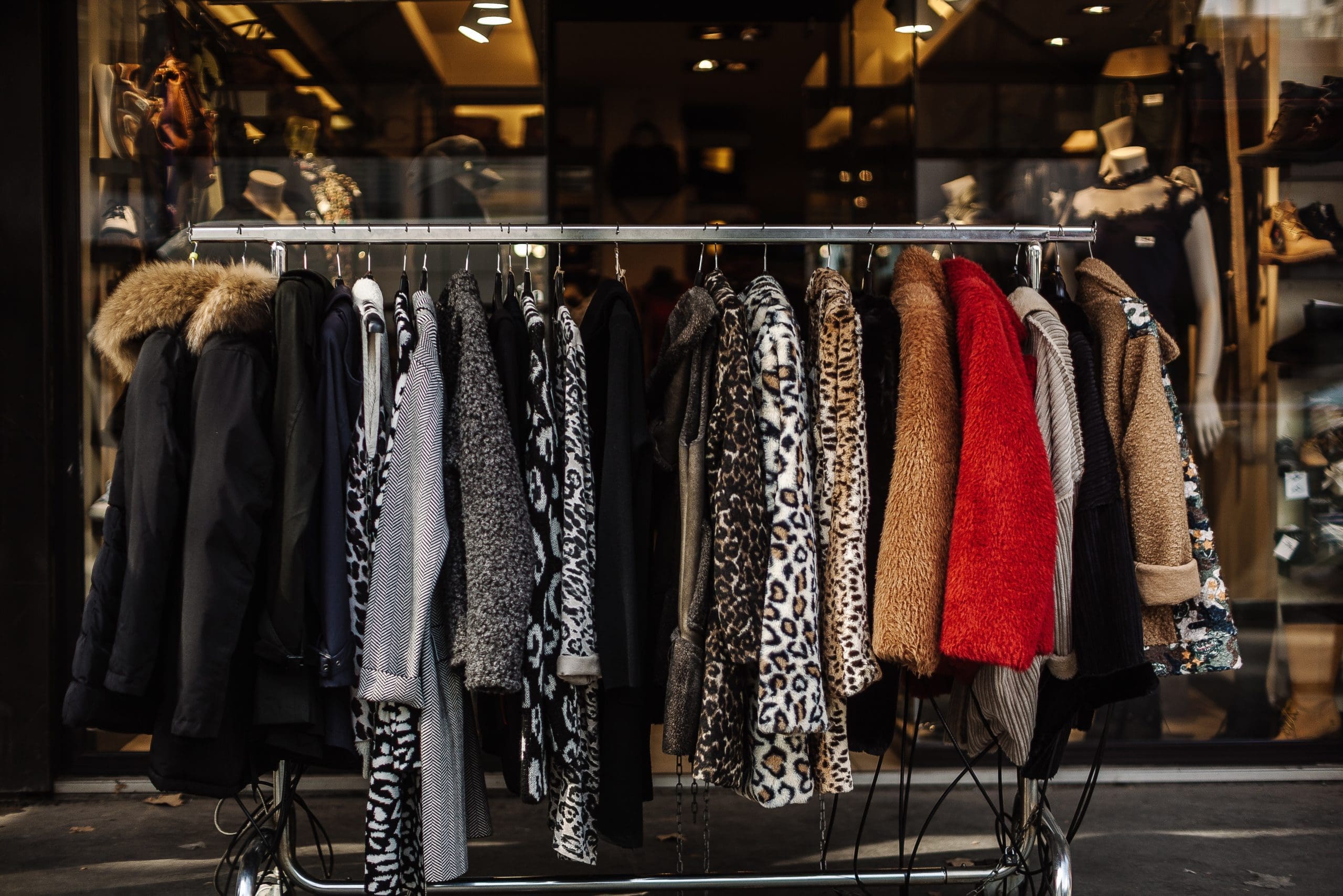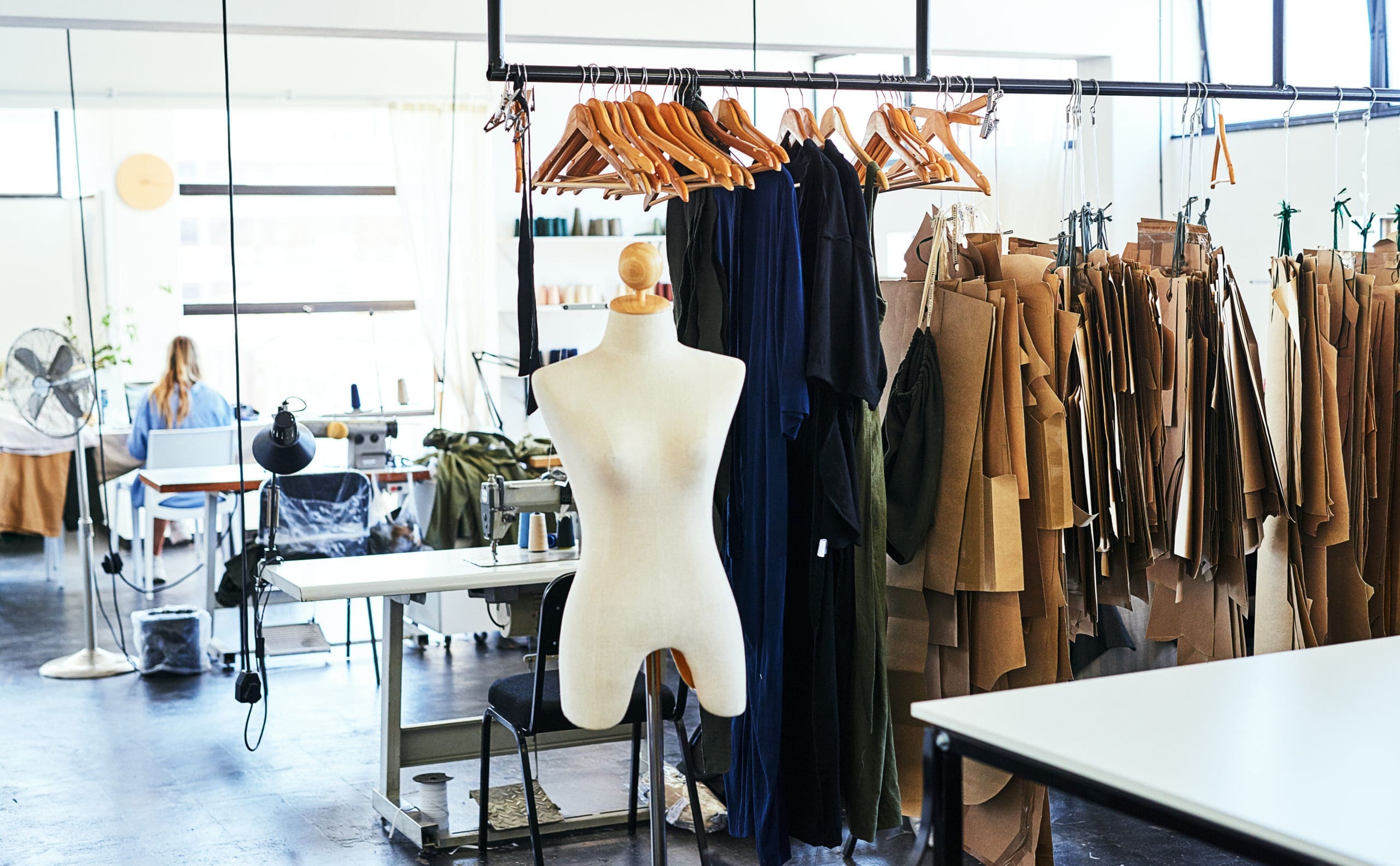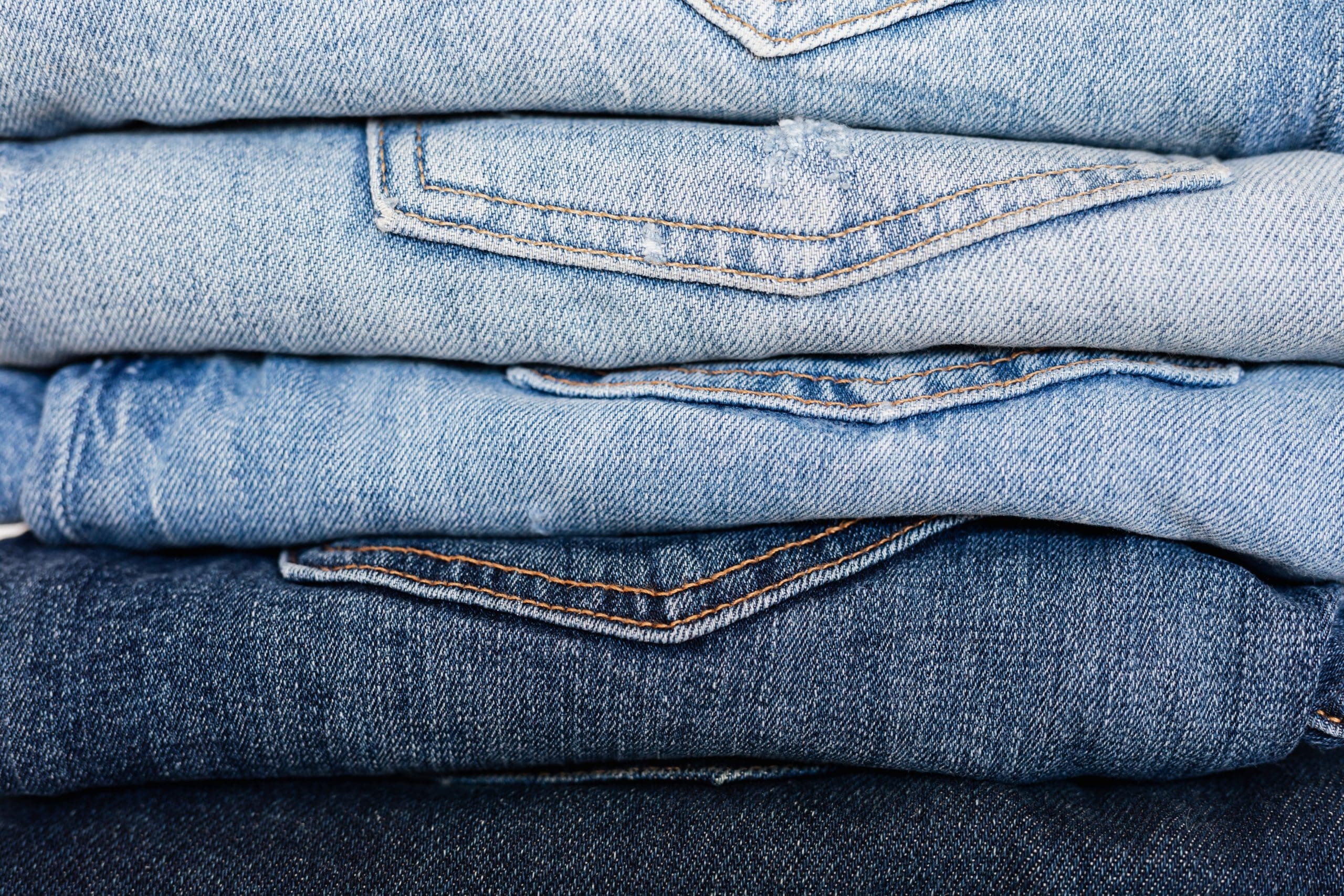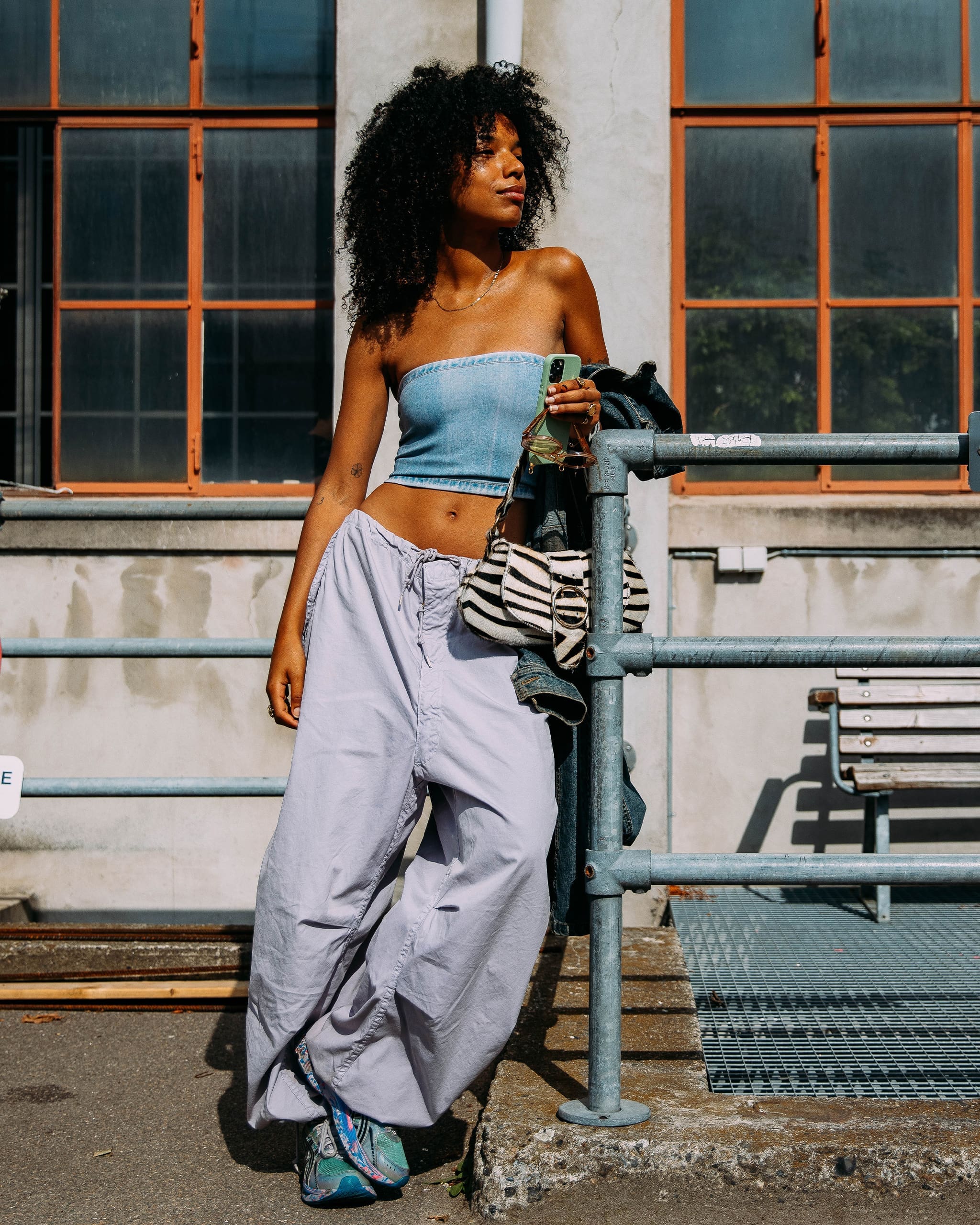Acielle / Style Du Monde | @styledumonde
Christine Dychiao, writer, Tilda co-founder, mindfulness and sustainability advocate, and the voice behind The Tita Project podcast shares her thoughts on sustainable shopping. Bottomline: It’s not where you shop, it’s how you shop.
“My grandmother Titti used to tell us, ‘The more you spend, the less you spend.’ I never understood [that] until I started managing my own budget,” Francesca Belluomini says when I asked her if sustainable shopping is expensive. “It’s the one $50 vs. seven fast fashion $5 white T-shirts exercise: chances are you will prefer and care for that apparently more expensive one better than the seven identical disposable ones. Should we call it common sense? Probably,” she enthused.
Belluomini, a fashion writer, sustainability in fashion educator, and author of the book The Cheat Sheet of Italian Style, Confidence and Sustainable Chic in 10 Struts—which I discovered while watching Amy Smilovic on IG Live doing a Tibi Style Class, believes that anyone in 2022 has the tools to choose to shop sustainable and ethical—“We are active citizens first and then consumers,” she explains.
To the average consumer though, style and price are often the biggest considerations when shopping for clothes. Sustainable shopping falls by the wayside because even though it sounds like an idyllic concept, it is difficult to operationalize. “Sustainable on a budget” itself sounds like an oxymoron. Most people think anything ethical and sustainable comes at a price, and that it’s expensive. But is this true?

The Price of Sustainable Living
For Jessie Jiang of Basically Borrowed, an online platform focusing on sustainability advocacy and content, it is a common misconception. “Sustainable living doesn’t mean buying more ‘sustainable’ products. On the contrary, it advocates for reducing one’s environmental impact by consuming less. So in other words, if you can, not buying anything new is the greener option here,” she says.
As Orsola de Castro, the co-founder of Fashion Revolution wisely points out, “The most sustainable piece of clothing is the one you already own.”
For Bianca Gregorio, fashion entrepreneur and sustainability advocate, there is some truth to the belief. “With slow consumption, things are made ethically, and people are paid well. This usually leads to a higher price tag but it’s only because our minds have been so used to the cheap prices of everything that the cost may seem irrational when they’re not aware of the reasoning behind it.”
Sustainable clothing “comes at a cost and so people need to accept that,” says Len Cabili, founder and creative director of homegrown sustainable clothing brand Filip+Inna. “It will not necessarily mean it is expensive, but it will come at a price that is commensurate to what goes into the product.”
Think Cost Per Wear
With people easily getting sticker shock because they have gotten used to fast fashion prices, the consumer mindset really needs to shift to Cost Per Wear.
Gregorio says, “When you feel like fast fashion is the only resort for a certain item, one of the main steps I would suggest is computing the cost per wear of the garment to analyze whether it’s something that will live in your closet for a long time.
“Cost per wear is a concept that we really advocate for—not only does it make total sense on a personal level, it can potentially make a huge difference for sustainability if we as consumers all consider it whenever we make a purchase,” explains Jiang.
And for Belluomini, even if it is a fast fashion piece, the mindset still applies. “Don’t throw everything away but treat every piece in your closet with the same care,” she says, adding, “I have taken fast fashion pants and dresses to the seamstress to be altered, mended, cut, and transformed. I personally think it’s chicer, more stylish and fascinating to wear second-hand or vintage than to buy stuff.”

Buy Second Hand
Is there a way to shop for new fast fashion pieces in a sustainable way? I mean, I have made many of my fast fashion pieces last for over a decade, simply by choosing pieces made from natural fabrics like cotton or linen.
For Francesca, the short answer is no, but there are nuances. “Peruse second hand online resellers (TheRealReal, Vestiaire Collective, Poshmark, Threadup, Mercari, Depop), or visit any local market, vintage, or consignment store,” she says.
Gregorio agrees. She started Re Clothing, a homegrown brand offering hand embroidered and vintage pieces in 2018, mainly to change the mindset people had towards thrifting. “In college, I saw the prejudice people had towards secondhand clothing and it surprised me.” As she was further exposed to the troubling underbelly of fashion, she decided to shift the brand towards sustainability and raising awareness.
Locally, she recommends shopping secondhand online at Carousell, Instagram, and Facebook Marketplace. Thankfully Gregorio adds, “At the end of the day, it’s all about investing in pieces that you’ll wear for a long time. If you know that it will be something you’ll have forever and will keep you from buying anything new to replace it, you’re still making the sustainable choice.” My case of fast fashion guilt, closed.
Join Fashion Swaps
Another way to prolong the life of your clothes is to give them a second life with someone else. Jiang suggests swapping with friends whose clothes you can fit in. If you don’t have enough people to swap with, join her Facebook group, Basically Borrowed: The Fashion Circle for clothing swaps with like-minded people in their community.

Made to Order
Many people bemoan the lack of inclusive sizing, and that is why they turn to fast fashion, but Cabili believes that is easily solved by having clothes custom made. “In terms of sizing, that can be answered in terms of made to order. They just have to wait, and in waiting good things come. They have something unique and a piece of garment that will last a long time.”
Sure the cost is frontloaded, but as the saying goes, “The quality will remain long after the price is forgotten.”
Quality over Quantity
Cabili also believes people need to realize why they need to choose better on their own. “We need to let them answer the questions: What is enough for them? Which do they prefer—quality or quantity?”
“If they answer quality, they have to be patient and accept things of quality take time to create.”
Belluomini, who grew up playing dress-up with the gowns and men’s blazers in her grandmother’s armoire in Viareggio, Italy believes the quantity of clothes one owns doesn’t translate to style anyway. “My grandmother had 5 to 6 items in her winter closet and the same in the summer, and she is my fashion icon.”

Do Your Research & Advocate for Change
Fast forward to now, Belluomini’s love for fashion has also become a force for good for the industry. “Social media and the Internet give us access to ask questions and educate ourselves.” She believes the best way to educate others not yet keyed into sustainability issues is to give them the instruments to detect greenwashing behind smoke and mirrors, and to demystify the secondhand market.
A quick Google has led me to discover Good On You, a leading source for fashion brand ratings and ethical fashion knowledge. The actor and activist, Emma Watson, has been known to use the app as a guide for how she shops.
Fashion Revolution, a movement advocating for a fair and accountable fashion industry publishes an annual Fashion Transparency Index, encouraging brands to be transparent about their social and environmental efforts.
“We need to keep pushing brands to be more transparent. It’s important to let consumers know what they are paying for—how the products are made, what materials are used, and why they are charging these prices,” says Jessie.
After all, awareness and change begin with each one of us.
